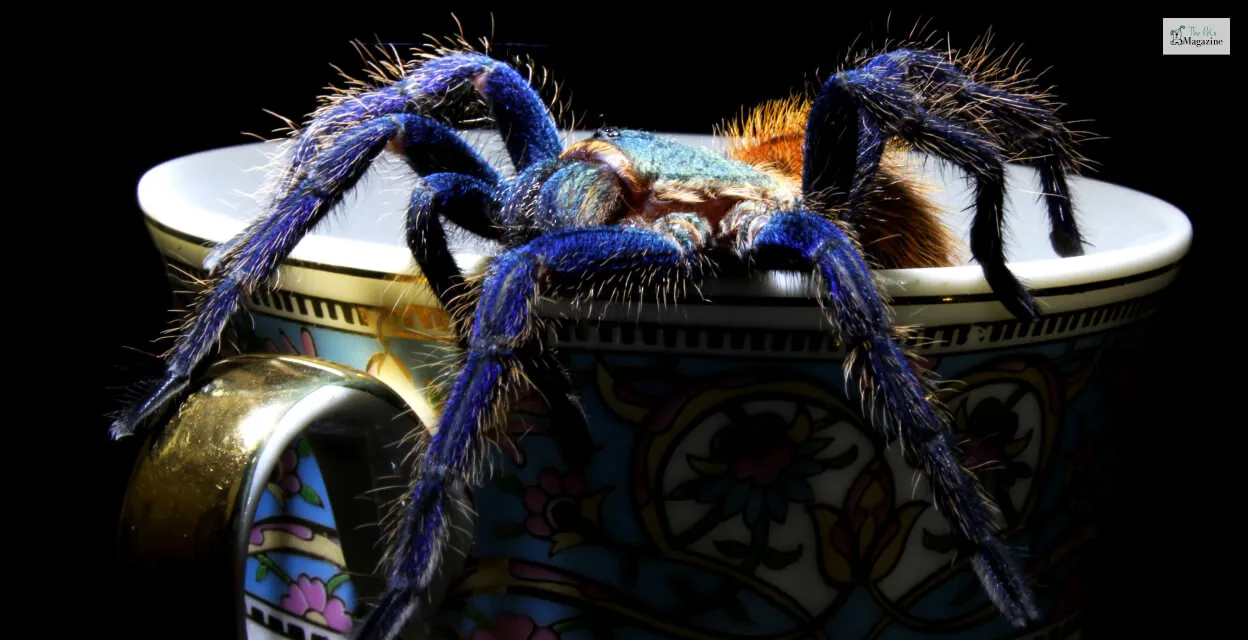What is a Cobalt Blue Tarantula?
The Cobalt Blue Tarantula (Cyriopagopus lividus) is a striking arachnid, highly sought after in the pet trade due to its vibrant blue coloration. Native to the tropical forests of Myanmar and Thailand, these spiders are known for their iridescent blue legs and carapace. Despite their beauty, they possess potent venom and should be handled with care. Understanding the Cobalt Blue Tarantula starts with recognizing its unique place in the tarantula family, its physical characteristics, and the environment it calls home. They are a fascinating example of biodiversity, showcasing the incredible variety of life found on Earth, and the importance of understanding and protecting these creatures in their natural habitats.
Physical Characteristics of the Cobalt Blue Tarantula
The Cobalt Blue Tarantula is easily recognizable due to its striking coloration. The legs and carapace display a vibrant metallic blue, contrasting with a darker abdomen. These spiders typically reach a leg span of up to 5-6 inches. The vibrant blue color is not derived from pigment, but structural coloration, where the arrangement of microscopic structures on the exoskeleton reflects light to produce the blue hue. This coloration serves multiple purposes, including camouflage within their natural habitat, communication with other tarantulas, and possibly even thermoregulation. The combination of their size and vivid color makes them a visual spectacle in the world of arachnids.
Habitat and Distribution of Cobalt Blue Tarantulas
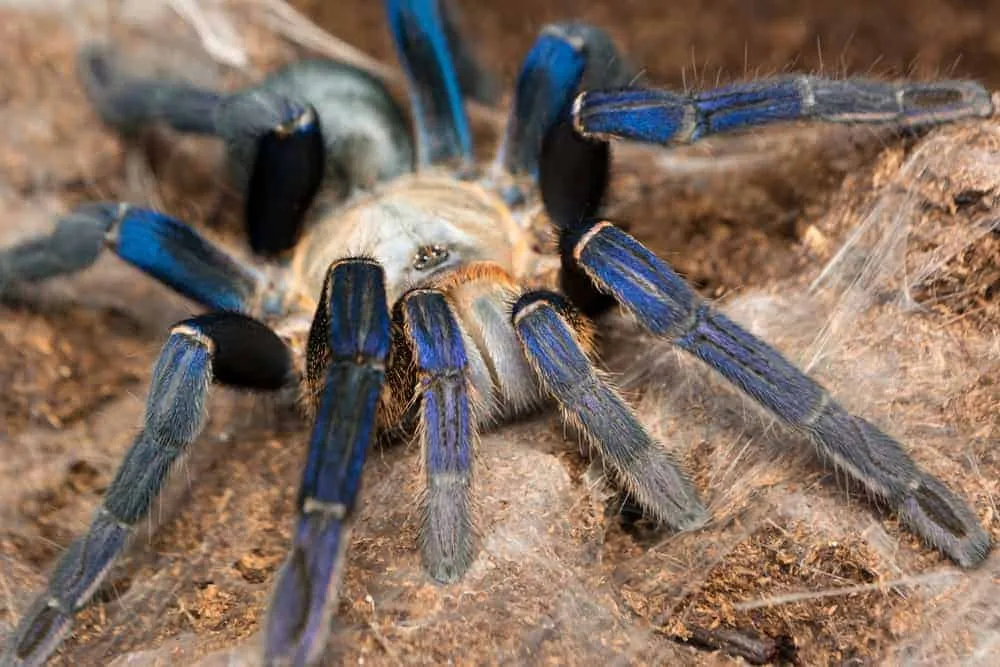
Cobalt Blue Tarantulas are native to the tropical rainforests of Southeast Asia, specifically Myanmar and Thailand. Their natural habitat consists of humid, tropical environments with high rainfall and dense vegetation. They are a terrestrial species, meaning they spend most of their lives on the ground, often constructing burrows in the soil or utilizing natural crevices for shelter. Understanding their natural habitat is crucial for both conservation efforts and the successful keeping of these tarantulas in captivity. The destruction of their natural habitat, due to deforestation and agriculture, poses a significant threat to their populations, making habitat preservation a key element in their survival.
Where Do Cobalt Blue Tarantulas Live?
These tarantulas are typically found in areas with high humidity and a consistent temperature, such as near streams or within the dense undergrowth of the rainforest. They prefer to live in burrows they dig themselves or in pre-existing natural shelters. Their habitat provides protection from predators and the elements while also offering easy access to prey. These spiders are nocturnal hunters, and their habitat provides the perfect environment for them to ambush their meals. The location and the characteristics of their natural habitat are essential for their survival, offering both shelter and hunting grounds.
What are the Common Habitats for Cobalt Blue Tarantulas?
They commonly inhabit the ground level of tropical forests, often near the base of trees or under rocks, where they can create burrows. These burrows provide a safe haven from both predators and harsh weather conditions. The forest floor’s decaying leaves and rich soil also offer a suitable environment for the Cobalt Blue Tarantula to ambush its prey. The combination of these natural elements and their preferred way of living, contributes to the health and wellbeing of the Cobalt Blue Tarantulas.
Top 5 Predators of the Cobalt Blue Tarantula
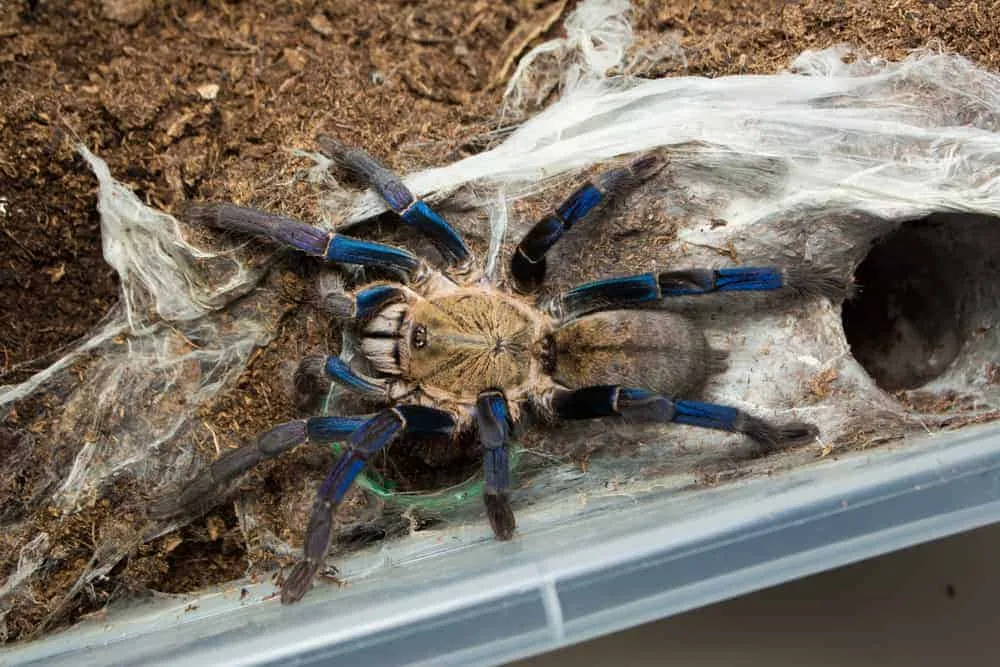
While Cobalt Blue Tarantulas are formidable predators themselves, they are also vulnerable to a range of threats in their natural habitat. Several animals prey on these tarantulas, including larger animals. The list below highlights the most common predators that hunt them.
The Biggest Threats
The main threats to Cobalt Blue Tarantulas include habitat loss due to deforestation and human encroachment, as well as the pet trade. These external factors pose serious risks, as does predation. When these factors come into play, it can drastically reduce the tarantula populations.
Birds as Predators
Birds are a significant predator of Cobalt Blue Tarantulas. Larger birds of prey, such as hawks and eagles, can easily spot these tarantulas from above. Due to their size and agility, they can swoop down and snatch the tarantulas from the ground. The threat from birds is a constant concern for tarantulas, forcing them to remain hidden.
Mammals as Predators

Certain mammals, including some species of monkeys, and even larger rodents, pose a threat to Cobalt Blue Tarantulas. These animals may stumble upon the tarantulas’ burrows or hunt them directly. The tarantulas’ relatively slow movements and the mammals’ ability to dig make them easy targets. The risk of predation from mammals adds another layer of complexity to the tarantula’s survival strategy.
Reptiles and Amphibians
Some reptiles and amphibians, particularly larger lizards and frogs, also prey on Cobalt Blue Tarantulas. These predators may ambush the tarantulas or raid their burrows, viewing them as a source of food. The presence of these reptiles and amphibians in their habitat keeps the tarantulas constantly vigilant, adding to the stresses of their life.
Other Invertebrates
Besides the larger predators, other invertebrates, such as centipedes and some larger spider species, can also pose a threat. These creatures may compete with the tarantulas for food or even attack them directly. The complex web of interactions between species in the tarantula’s habitat plays a critical role in how they live.
How Cobalt Blue Tarantulas Defend Themselves
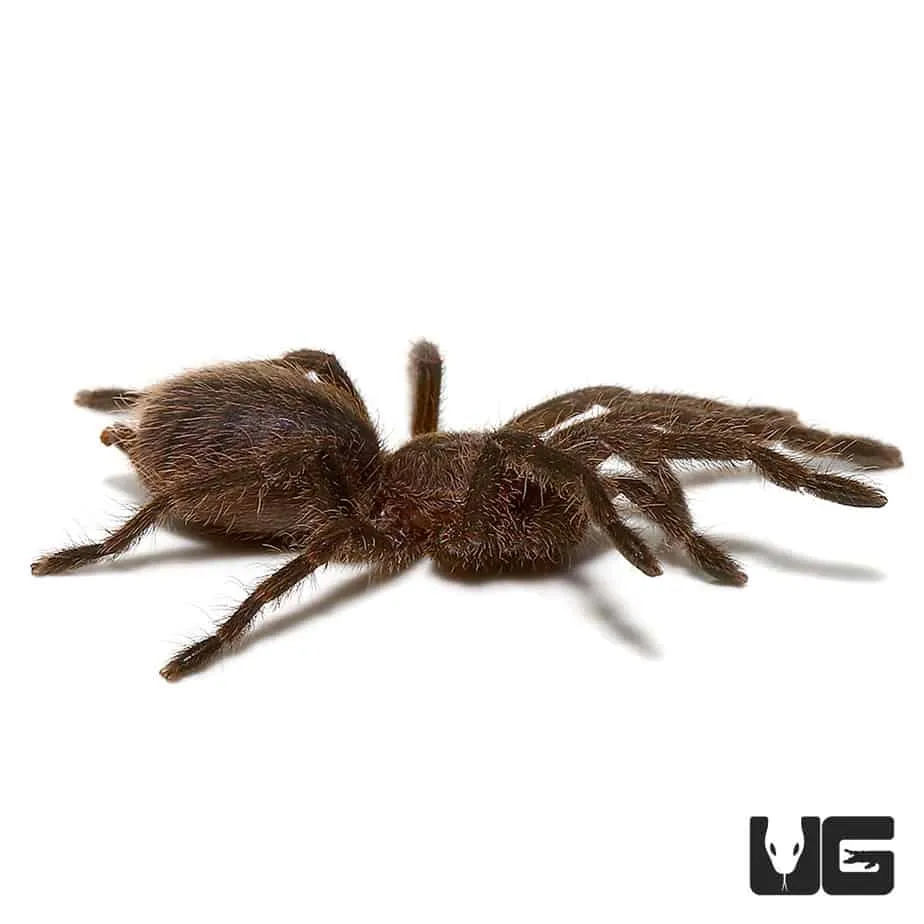
Cobalt Blue Tarantulas employ several defensive strategies to protect themselves from predators. These methods include their ability to retreat quickly, and the use of their venom. These defenses are crucial for survival in their dangerous environment.
Defensive Behaviors
When threatened, Cobalt Blue Tarantulas can exhibit several defensive behaviors. These include rearing up, displaying their fangs, and hissing to deter potential attackers. They may also attempt to flee and hide in their burrows or under cover. These behaviors can be quite effective at deterring predators, if the predator is not determined.
The Role of Venom
Cobalt Blue Tarantulas have venom, which they use both to subdue prey and to defend themselves. The venom is not considered lethal to humans, but its bite can cause significant pain, muscle cramps, and other unpleasant symptoms. The venom is, however, very effective against their prey and a deterrent for larger animals. The venom plays a very important role in their survival, allowing them to protect themselves.
Conservation Status of Cobalt Blue Tarantulas
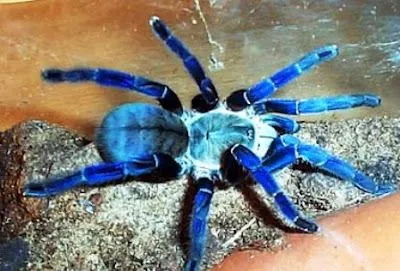
The conservation status of Cobalt Blue Tarantulas is a significant concern. Habitat loss, driven by deforestation and agricultural expansion, is the most pressing threat. The pet trade, although a less significant risk, still has an impact by increasing the likelihood of poaching. Understanding these threats is crucial for their conservation.
Threats to Cobalt Blue Tarantulas
The most serious threats include habitat destruction, due to deforestation and human activities. The pet trade also poses a risk, as it increases the demand for these spiders, leading to potential over-collection from the wild. These factors threaten the long-term survival of Cobalt Blue Tarantulas.
How to Protect Cobalt Blue Tarantulas
Protecting Cobalt Blue Tarantulas requires a multi-faceted approach. This includes supporting conservation efforts that protect their natural habitats, promoting responsible pet ownership and the ethical sourcing of these spiders, and educating the public about the importance of their conservation. These steps ensure that this beautiful species continues to thrive for generations to come.
